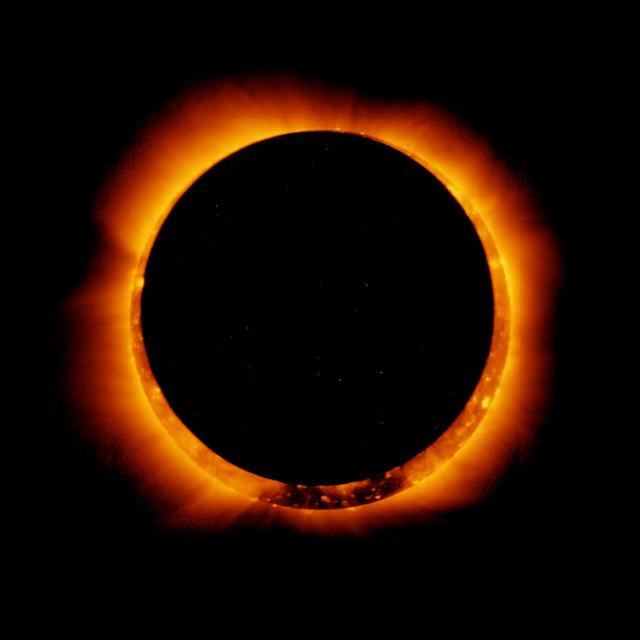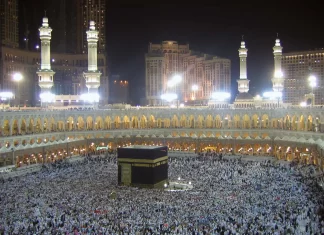On September 1, the moon will pass in front of the sun, creating a brilliant ring of sunlight visible from areas around the southern Indian Ocean.
When the moon creates a ring of sunlight during an eclipse instead of completely blocking the solar disk, it’s known as an annular eclipse or “ring of fire” eclipse. And although the September 1 event won’t be a total eclipse of the sun (or of the heart), it will still be a stunning sight leading up to another annular eclipse in February 2017 and the total solar eclipse in August 2017.
The best place to view the September 1 annular eclipse will be southern Africa. About a 10-hour drive south of Dar es Salaam, Tanzania, observers will find the best views of the eclipse, Pasachoff said. Viewers will be able to see the moon cross paths with the sun on September 1 at 9:08 a.m. local time, which is 2:08 a.m. EDT (0608 GMT).
If you can’t make it out to Tanzania this time around, you can track the eclipse from NASA’s interactive Google map or keep up with detailed charts and predictions on sites like Eclipsewise.com.
To get a glimpse of this celestial event, Jay Pasachoff, an astronomer at Williams College in Massachusetts, will be traveling to Réunion, an island east of Madagascar. He’ll also be chasing down February’s annular eclipse in Chile.
“I think only dedicated amateur astronomers will be traveling like this for the annular eclipse,” Pasachoff told Space.com. “It’s fun to do, but it’s not as dramatic [as a total eclipse]. But for the total eclipse, then we would like to encourage everybody to travel to try to get into that path of totality.”
(The path of totality is the region where the moon will appear to completely cover the disk of the sun).
What causes an annular eclipse?
Solar eclipses occur when the moon comes between the Earth and the sun, lining up with the sun as seen by spectators on Earth. In a total solar eclipse, the moon lines up perfectly with the sun and blocks out all light. But in an annular eclipse, the moon doesn’t completely cover the sun; this is possible because the orbits of both the Earth and the moon are elliptical (that is, not perfectly circular).
“Earth’s orbit is a little elliptical, and the moon’s orbit is a little more elliptical, so sometimes, [the moon is] a little further away from us than at other times,” Pasachoff said. “When it’s relatively far away, it’s a little smaller in angle, and it’s too small to cover the whole everyday solar disk.”
As a result, the edges of the solar disk peek out from behind the shadow of the moon, leaving a ring of sunlight.
Every 18 months or so, there is one annular eclipse and one total solar eclipse somewhere on Earth. Eclipses don’t occur every time the moon passes between the Earth and the sun because the moon’s orbit is tilted about 5 degrees compared to the Earth’s orbit around the sun. When the moon’s shadow crosses the sun but its centre doesn’t align exactly with the centre of the sun, it’s known as a partial solar eclipse — when the moon sits either a little too high or too low to totally cover the sun.
.Space.com













